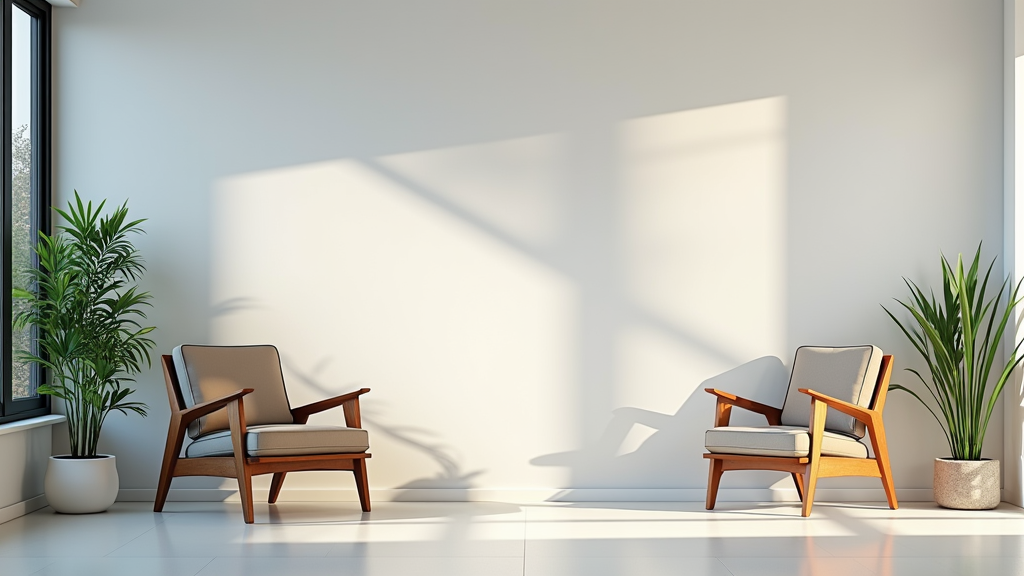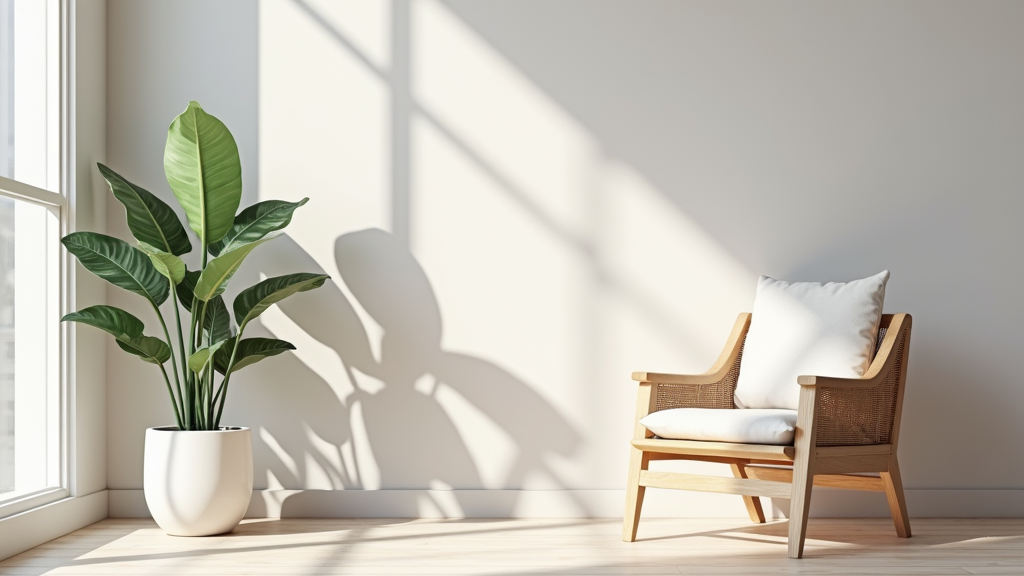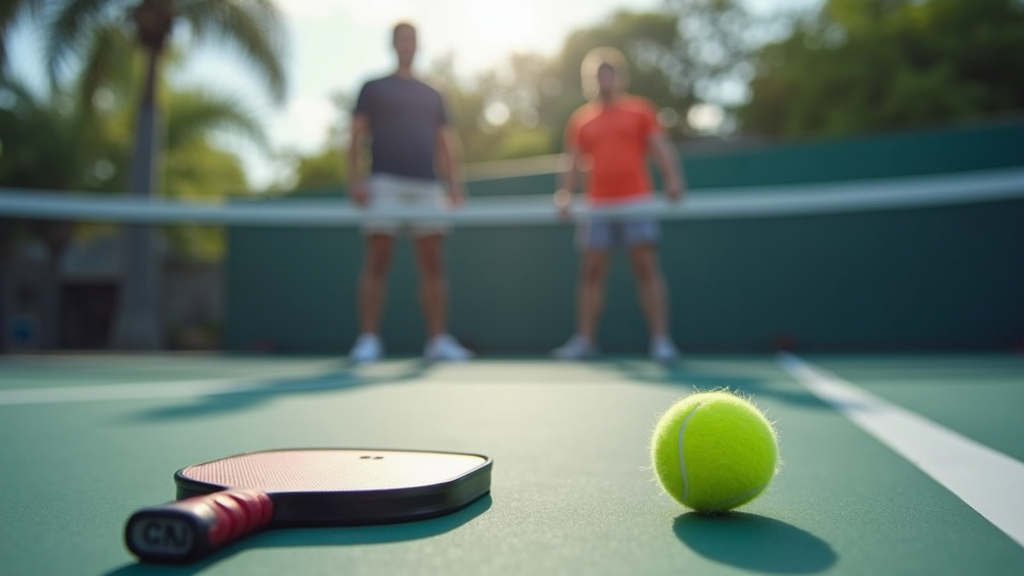Table of Contents
Introduction

Overview and Importance
Pickleball drills are an indispensable tool for intermediate players striving to elevate their game beyond the basics. As players progress, refining skills becomes paramount, and targeted drills provide the structure and repetition necessary for significant improvement. Consistent practice of these drills isn’t just about hitting the ball more often; it’s about enhancing muscle memory, sharpening precision, and fostering strategic thinking on the court. These carefully designed exercises focus on specific aspects of the game, allowing players to dissect and improve their overall performance in a focused manner.
Background
Intermediate pickleball players typically possess a solid grasp of the fundamental rules and basic strokes. However, the leap from beginner to advanced often requires a concentrated effort to improve consistency, develop nuanced strategies, and enhance court awareness. The drills outlined here build upon those foundational skills, pushing players to refine their technique and apply their knowledge in more competitive scenarios. Recent developments in pickleball training techniques increasingly emphasize the importance of targeted practice, focusing on specific in-game situations to prepare players for a wider range of challenges and opportunities.
What You’ll Learn
By engaging in these pickleball drills, you can expect to see tangible improvements across several key areas of your game. You’ll learn to improve your precision and control, enabling you to place shots with greater accuracy and consistency. You’ll also develop strategic thinking, understanding when and where to place the ball to gain an advantage over your opponents. Furthermore, these drills will enhance specific shots, such as dinks, volleys, and serves, transforming them into reliable weapons in your arsenal. Finally, you’ll develop tactical advantages by improving your positioning on the court and learning to anticipate your opponent’s moves, giving you a crucial edge in competitive play.
Understanding the Basics
Fundamental Concepts
Pickleball, while seemingly simple, involves a unique set of concepts that are crucial for success. Mastering these fundamentals will provide a solid foundation for your game.
- Dinking:This involves hitting soft, controlled shots that land in the non-volley zone, often referred to as the “kitchen.” The goal is to force your opponents to lift the ball, setting you up for an advantageous shot. Dinking requires finesse and precision, making it a strategic weapon in your arsenal.
- Volley:A volley is executed by hitting the ball in the air before it bounces. This is primarily done near the net, allowing you to react quickly and put pressure on your opponents. Remember, you cannot volley while standing in the non-volley zone.
- Third Shot Drop:Typically employed by the serving team, the third shot drop is a soft shot intended to land in the non-volley zone. This shot aims to bring both teams to the net, neutralizing the serving advantage and initiating a dinking rally. It’s a cornerstone of strategic pickleball play.
- Lob:A lob is a high, arcing shot that goes over your opponents’ heads and lands deep in their court. This can be used to buy time, disrupt their positioning, or force them to move back from the net. A well-executed lob can be a game-changer.
Essential Components
Beyond understanding the basic shots, mastering the essential components of pickleball is vital for consistent performance and strategic gameplay. These components encompass court awareness, paddle control, and footwork.
Court awareness is the ability to understand your position and movement on the court in relation to the ball, your partner, and your opponents. It’s about being proactive and anticipating the flow of the game.
- Primary aspect:Knowing where to stand and when to move is paramount. This involves understanding the optimal positioning for different situations, such as serving, returning, or playing at the net.
- Secondary aspect:Anticipating your opponent’s shots is equally crucial. By reading their body language and paddle angle, you can predict where the ball is likely to go and position yourself accordingly.
- Important variations:Adjusting your position based on the game situation is key. For instance, you might need to move forward aggressively after a strong return or shift laterally to cover a cross-court shot.
Paddle control encompasses your grip, swing mechanics, and shot placement abilities. It’s about consistently making solid contact with the ball and directing it with intention.
- Primary aspect:Consistent contact with the ball is the foundation of paddle control. This requires a stable grip, a smooth swing, and a focused eye on the ball.
- Secondary aspect:Adding spin and controlling shot depth are essential for advanced paddle control. Spin can make the ball more difficult to return, while controlling depth allows you to place the ball strategically in the court.
- Important variations:Adapting your grip for different shots is crucial. For example, a continental grip is often used for dinks and volleys, while a more closed grip might be preferred for smashes.
Efficient footwork enables you to reach the ball quickly, maintain balance during shots, and recover effectively. It’s the engine that drives your movement on the court.
- Primary aspect:Quick and agile steps are essential for covering the court effectively. This involves developing a light and responsive footwork pattern that allows you to move in any direction with ease.
- Secondary aspect:Maintaining balance during shots is crucial for accuracy and power. This requires a stable base and a controlled transfer of weight as you swing.
- Important variations:Adjusting your footwork for different court positions is key. For example, you might use short, choppy steps when approaching the net and longer strides when moving back to retrieve a lob.
Detailed Guide

**Option 1 (Focus on overall improvement):**
> Master these pickleball drills to significantly enhance your precision, control, and strategic play on the court. By focusing on specific skills like dinking, volleying, and shot placement, you’ll build a well-rounded game and gain a competitive edge.
**Option 2 (Focus on the importance of adaptability):**
> Don’t just go through the motions; experiment with spin, angle, and court position in each drill to challenge yourself and your opponent. Adaptability is key to dominating on the pickleball court.
**Option 3 (Focus on troubleshooting and continuous improvement):**
> When facing difficulties in any drill, slow down, refocus on the fundamentals, and utilize the troubleshooting tips provided. Continuous refinement and attention to detail are vital for consistent progress.
Cross-Court Dinking Drill
The Cross-Court Dinking Drill is a fundamental exercise designed to significantly improve your precision, accuracy, control, and patience on the pickleball court. This drill is all about mastering the soft game, which is crucial for success at any level.
In this drill, players trade dinks cross-court, focusing on placing the ball consistently into the non-volley zone. This not only enhances your skills in positioning and anticipation but also strengthens the muscle memory needed for consistent in-play dinking performance.
- Required materials: Pickleball paddle, pickleballs, a pickleball court.
- Initial setup: Two players positioned on opposite sides of the net, near the non-volley zone line.
- Important considerations: Remember to focus on soft touches and precise placement above all else.
- Expert tips: Introduce variety by altering the spin and angle of your dinks. This will challenge your opponent and force them to adjust.
- Optimization methods: Experiment with different paddle angles to gain better control over the ball’s trajectory and spin.
- Troubleshooting: If you find yourself struggling with accuracy, consciously slow down your swing and focus on making clean, solid contact with the ball.
Sideline-to-Sideline Forehand Drill
The Sideline-to-Sideline Forehand Drill is specifically designed to enhance your forehand shot control, precision, and overall movement on the court. This drill is excellent for improving your ability to dictate the game’s tempo and control points.
The drill involves hitting a forehand shot towards a partner or ball machine and then immediately moving to the opposite sideline. This continuous movement strengthens stamina, refines footwork, and reinforces forehand muscle memory.
- Required materials: Pickleball paddle, pickleballs, a pickleball court, and either a partner or a ball machine.
- Initial setup: Position yourself at one sideline, with your partner or the ball machine on the opposite side.
- Important considerations: Prioritize maintaining balance and using proper forehand technique throughout the drill.
- Expert tips: Challenge your opponent (or yourself, if using a machine) by varying the depth and angle of your forehand shots.
- Optimization methods: Utilize a ball machine to increase the speed and consistency of the drill, pushing your limits.
- Troubleshooting: If you’re struggling with footwork, dedicate time to practicing lateral movement while maintaining a low, stable stance.
Mid-Court Volley Practice
Mid-Court Volley Practice is a targeted drill designed to sharpen your quick response time, improve hand-eye coordination, and enhance the precision of your volleys. This drill emphasizes control, speed, and accuracy, focusing on consistency and strategic placement rather than raw power.
- Required materials: Pickleball paddle, pickleballs, a pickleball court, and a partner.
- Initial setup: Both players should position themselves in the mid-court area, near the transition zone.
- Important considerations: The key is to focus on quick reactions and executing controlled volleys.
- Expert tips: Keep your opponent guessing by varying the speed and angle of your volleys.
- Optimization methods: Practice volleying with different paddle angles to fine-tune your control over the ball’s trajectory.
- Troubleshooting: If you’re struggling with quick reactions, try practicing reacting to visual cues, such as a thrown ball, to improve your reflexes.
Backhand Slice Drills
Backhand Slice Drills are crucial for developing backhand slice shots with effective spin, improving both your defensive and offensive game aspects. These drills include both static (standing shots) and dynamic (movement-based) variations, enhancing your versatility when dealing with high bouncing balls and soft drops.
- Required materials: Pickleball paddle, pickleballs, a pickleball court, and either a partner or a ball machine.
- Initial setup: Position yourself on the court, with your partner or the ball machine feeding you backhand slice shots.
- Important considerations: The focus should be on generating spin and controlling the ball’s trajectory.
- Expert tips: Vary the depth and angle of your backhand slice shots to keep your opponent off balance.
- Optimization methods: Practice backhand slice shots from different court positions to enhance your versatility and adaptability.
- Troubleshooting: If you’re struggling with spin, focus on cutting under the ball with a sharp, downward motion, ensuring you make clean contact.
Third Shot Drop Drill
The Third Shot Drop Drill is an essential practice for mastering the control and accuracy needed for the third shot in pickleball. The primary goal is to force your opponents to hit upward by landing the ball just over the net, ideally into the non-volley zone. This drill emphasizes positioning, swing mechanics, and anticipating your opponent’s reactions.
- Required materials: Pickleball paddle, pickleballs, a pickleball court, and a partner.
- Initial setup: Designate one player as the server behind the baseline, another as the receiver near the non-volley zone, and the third as a partner near the net to observe or participate.
- Important considerations: Focus on soft touches and precise placement of the third shot to execute the drop effectively.
- Expert tips: Add variety to your third shot by altering the spin and angle, making it harder for your opponents to predict and counter.
- Optimization methods: Experiment with different paddle angles to gain better control over the ball’s trajectory and spin, allowing for more precise drops.
- Troubleshooting: If you’re struggling with accuracy, consciously slow down your swing and concentrate on making clean, solid contact with the ball.
Return of Serve Accuracy
The Return of Serve Accuracy drill is designed to improve your timing, footwork, and shot placement when returning serves. This drill enhances muscle memory and consistency, with the aim of placing return shots in challenging locations for your opponent. Ultimately, it develops your ability to control the game’s pace right from the start.
- Required materials: Pickleball paddle, pickleballs, a pickleball court, and a partner.
- Initial setup: Position one player as the server behind the baseline and the other as the receiver, ready to return the serve.
- Important considerations: The primary focus should be on timing, footwork, and precise shot placement to maximize the effectiveness of your returns.
- Expert tips: Challenge your opponent by varying the spin and speed of your return, forcing them to adjust their strategy.
- Optimization methods: Practice returning serves from different positions on the court to improve your versatility and adaptability.
- Troubleshooting: If you’re struggling with timing, concentrate on watching the ball closely and reacting quickly to its trajectory.
Overhead Smash Repetition
Overhead Smash Repetition is a drill specifically designed to build competence in executing overhead smashes with both force and speed. This practice includes focusing on timing, stance, and racket positioning, with an emphasis on consistent repetition to enhance accuracy and control.
- Required materials: Pickleball paddle, pickleballs, a pickleball court, and a partner.
- Initial setup: One player is positioned on the court, ready to execute overhead smashes, while the partner lobs balls for them to hit.
- Important considerations: The primary focus should be on timing your swing, maintaining a balanced stance, and positioning your racket correctly for optimal contact.
- Expert tips: Challenge your opponent by varying the angle and depth of your smashes, making it harder for them to anticipate and return the shot.
- Optimization methods: Practice smashes from different positions on the court to improve your versatility and adaptability.
- Troubleshooting: If you’re struggling with timing, concentrate on watching the ball closely and reacting quickly to its trajectory.
Forehand and Backhand Lobbing
Forehand and Backhand Lobbing focuses on refining your lob placement and adding spin to make your lobs more effective. The aim is to execute deep lobs into your opponent’s court, giving you time to gain net control. This drill practices both forehand and backhand lobs to enhance your versatility on the court.
- Required materials: Pickleball paddle, pickleballs, a pickleball court, and a partner.
- Initial setup: Both players are positioned on the court, ready to practice forehand and backhand lobs.
- Important considerations: The primary focus should be on precise lob placement and adding spin to make the lobs more challenging for your opponent.
- Expert tips: Keep your opponent guessing by varying the height and spin of your lobs, making it harder for them to anticipate your shots.
- Optimization methods: Practice lobs from different positions on the court to improve your versatility and adaptability.
- Troubleshooting: If you’re struggling with placement, concentrate on aiming for a specific target in your opponent’s court.
Across Diagonal Court Drill
The Across Diagonal Court Drill is designed to improve your long-range shot accuracy and control. It enhances tactical advantages by focusing on hitting shots across the diagonal of the court. The drill emphasizes shot anticipation, strategic positioning, and maneuverability, while also building stamina and endurance through continuous movement.
- Required materials: Pickleball paddle, pickleballs, a pickleball court, and a partner.
- Initial setup: Players are positioned diagonally across the court from each other.
- Important considerations: The primary focus should be on accuracy, control, and maintaining continuous movement throughout the drill.
- Expert tips: Challenge your opponent by varying the spin and speed of your shots, forcing them to adjust their strategy.
- Optimization methods: Practice diagonal shots from different positions on the court to improve your versatility and adaptability.
- Troubleshooting:

